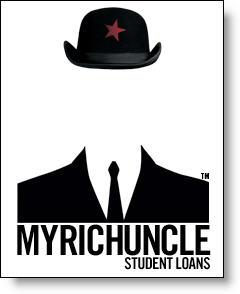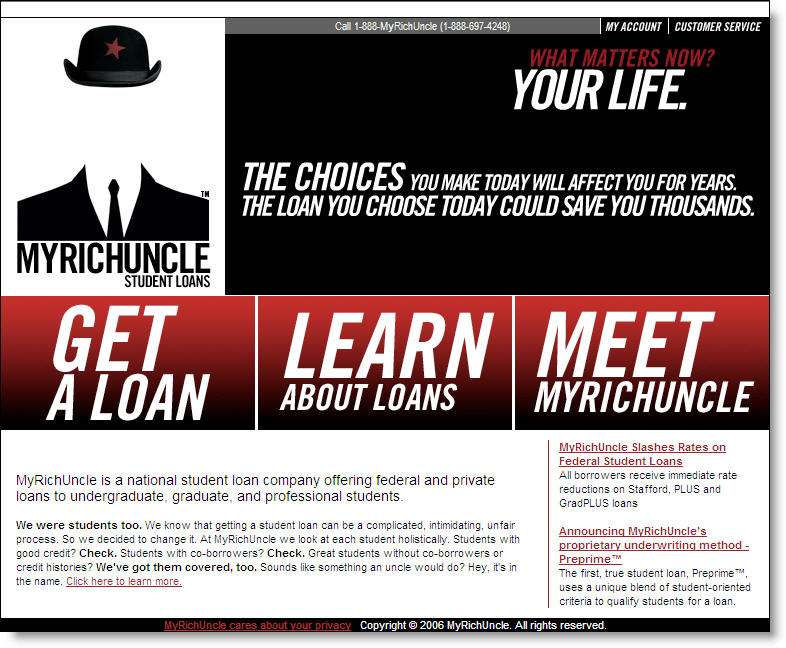One thing that always struck me as odd about the financial services startups of the late ’90s and early 2000s was their obsession with deposits. I can understand the appeal of having people send you money; it’s a rock-solid, low-risk part of the banking business model. But it also contains massively entrenched players who already have the consumers’ trust, along with a vast branch network to back it up. And it’s a commodity.
The much bigger opportunity for newcomers, to my thinking, is to go after the loan side. Consumer trust is almost a non-issue since you are handing them the money. And loan underwriting is both an art and a science with thousands of variables to innovate on.
But it’s a dicey area for investors. The economic downturn of 2000-2002 spooked the VCs as dotcom-darling NextCard went belly up (as did other non-online, sub-prime lenders). Then the big hit in 2007/2008 killed whatever business plans had been drawn up in the post-2002 period. And there will always be concerns about where to find more funds to lend out, especially in the post-securitization world.
Fast-forward seven years. We are finally seeing an explosion of consumer and small business lending online (with mobile coming on). This newfound activity is being led by the so-called crowdfunders and P2P lenders tapping institutional money along with accredited investors (and VCs) to deliver capital using a mix of debt and equity terms.
Another specialty lending area exploding online is secondary educational financing (note 1). For example, Sofi started by targeting graduates of elite U.S. universities. CommonBond is focusing on graduate students. ProdigyFinance lends to international MBA students.
The latest entrant in the educational space is CoderLoan (screenshot below). The NYC-based startup is working with employers and educational institutions to help finance participants in coding bootcamps, where tuition can run $10,000 for a summer-long program. Employer sponsors can repay the CoderLoan after a set amount of time on the job. Or the graduates themselves can afford to repay the loans with their developer-level salaries.
Bottom line: The uptick in digital specialty lending is win-win-win. There are potentially good returns for investors (note 2) while more capital flows to both entrepreneurs looking to expand and employees wanting to sharpen skills. Ultimately, that leads to a more productive and engaged workforce and a more rigorous economy.
————————
CoderLoan homepage (link, 27 May 2014)
——————————
Notes:
1. For a 38-minute discussion on crowdfunding student lending, check out the panel at the Lendit conference in San Francisco three weeks ago (link). The panel included Vince Passione, LendKey; Mike Cagney of SoFi; David Klein of Commonbond; Cameron Stevens of Prodigy Finance; and Brendon McQueen of Tuition.io.
2. Most of the activity is too recent to fully understand whether the risk is being priced adequately (see NextCard in 2002), but the results from the earliest entrants — Zopa, Prosper and Lending Club — are promising.
3. For much more on crowdfunding (debt and equity), see our May 2013 report (subscription).































